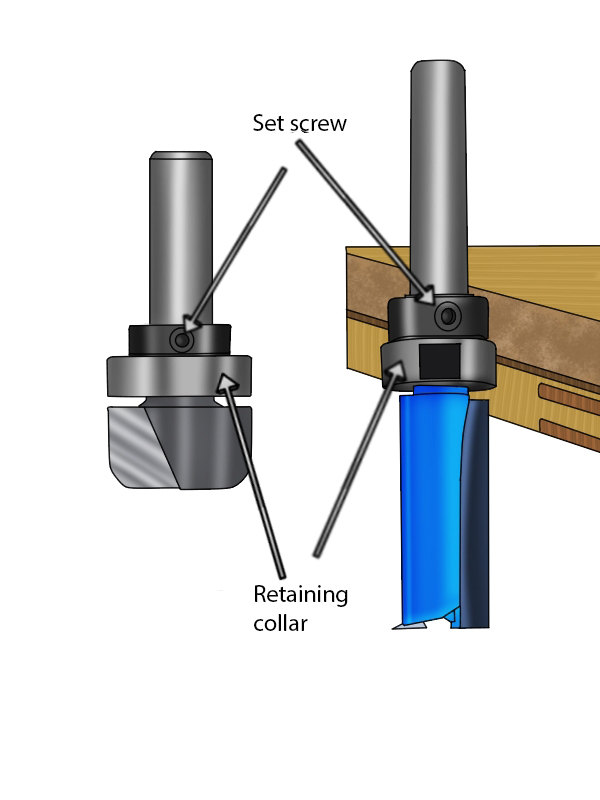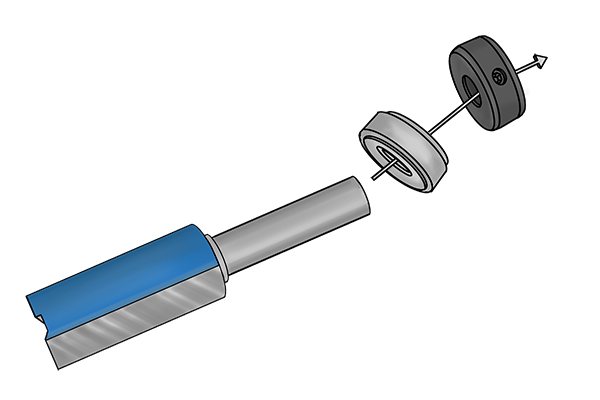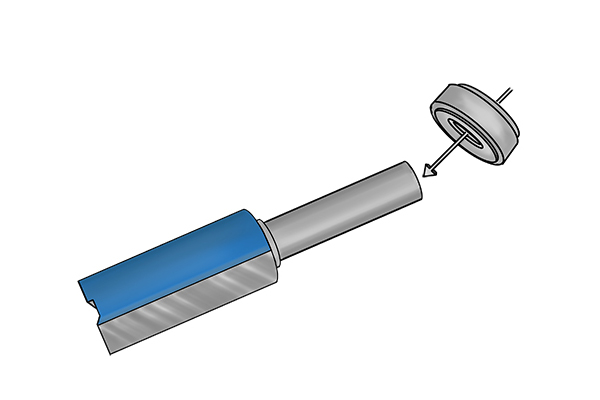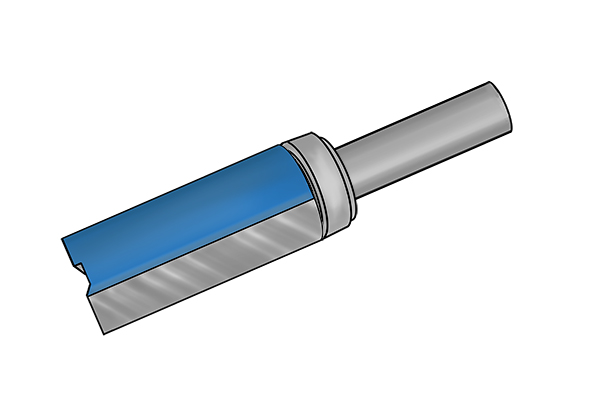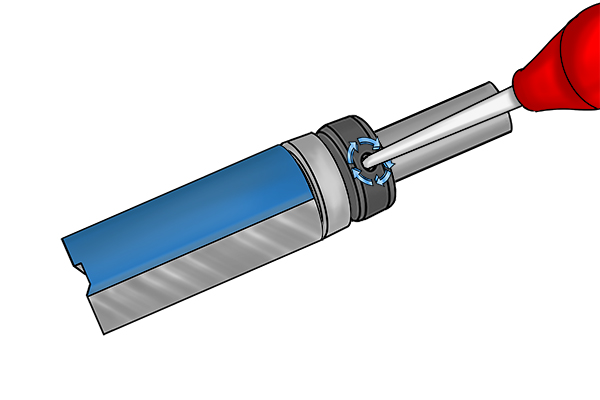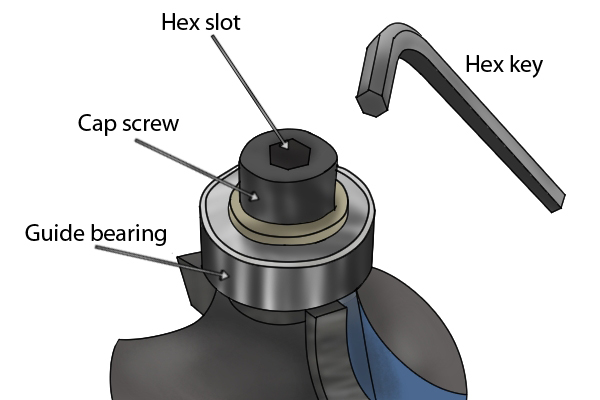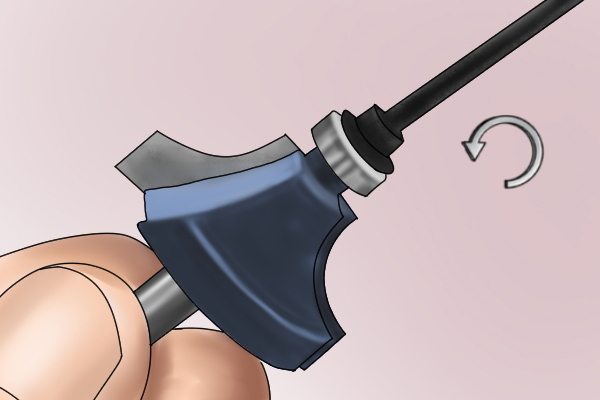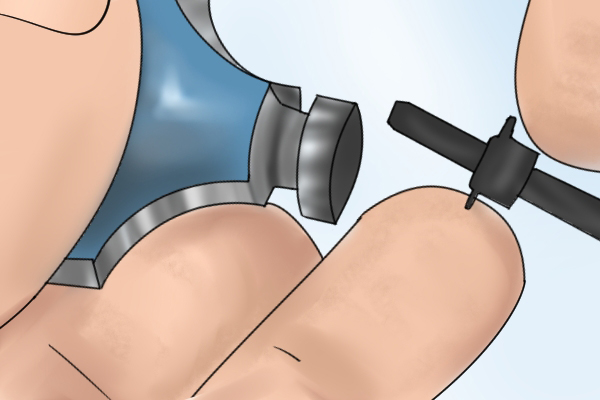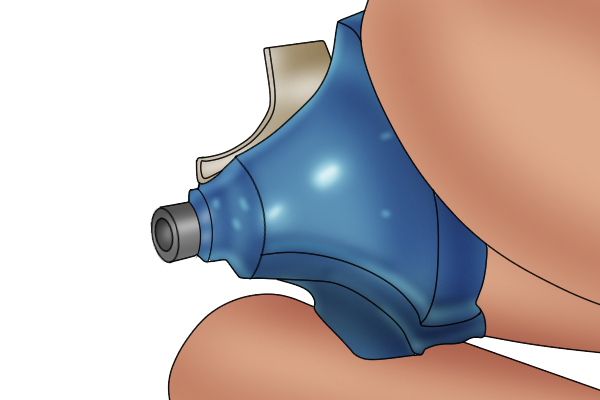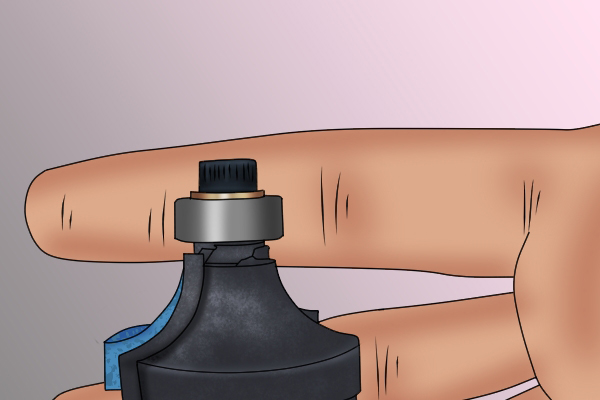Changing the guide bearing on a Trend router cutter |
||||
 |
||||
|
There are a number of reasons why you may wish to change a guide bearing: |
||||
To alter the cutting depth of a router cutter |
||||
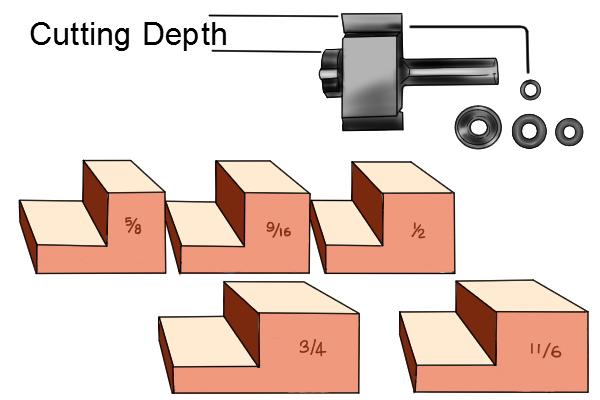 |
The cutting depth is how far into the material a bit can cut. A guide bearing will limit the cutting depth, depending on its diameter.
The smaller the guide bearing’s diameter, the further into material the router bit can cut.
A larger diameter guide bearing will keep the cutting edges further out of the material, creating a shallower cut. |
|||
After sharpening a router cutter |
||||
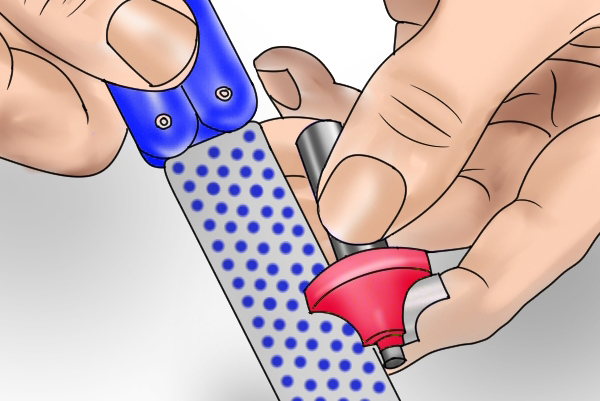 |
The more a router bit is sharpened, or honed, the smaller the cutting edges will become. Eventually, they may not extend out as far as the guide bearing. As a result, you will need to replace it with a smaller one. Various bearing sizes are available so you should be able to find one of an appropriate size. |
|||
Wear and tear on the bearing |
||||
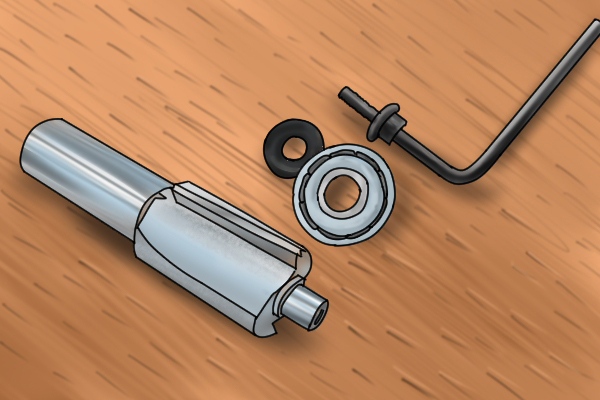 |
With frequent use, the surface of the bearing can become worn, preventing it from rolling evenly along the work surface. The bearing of router bits are considered consumables that may need to be replaced before the end of the router bit's life.
Over time, it can also become stiff and unable to turn freely on its axis. If you experience either of these problems, it may be time to purchase a new bearing. |
|||







